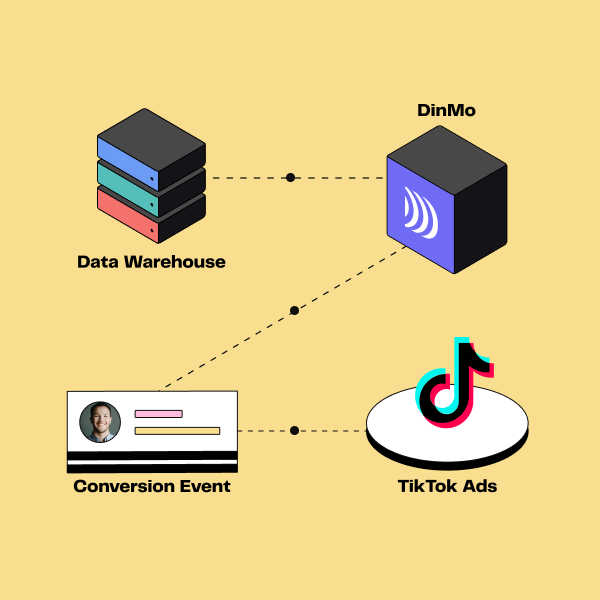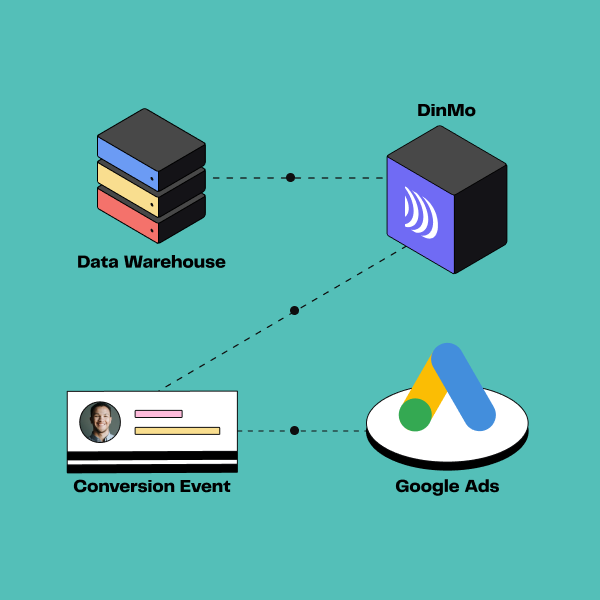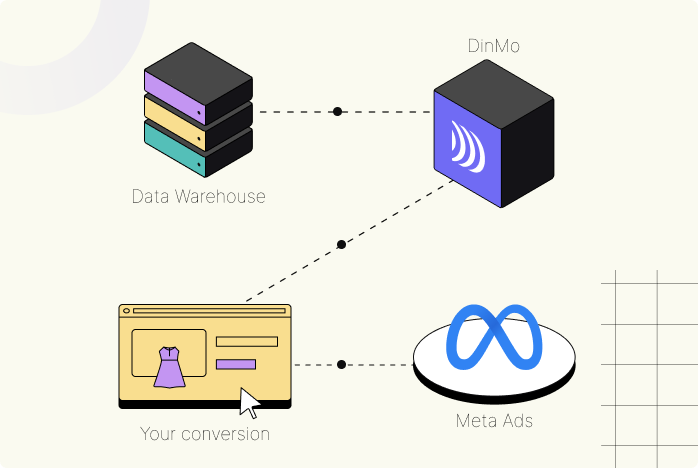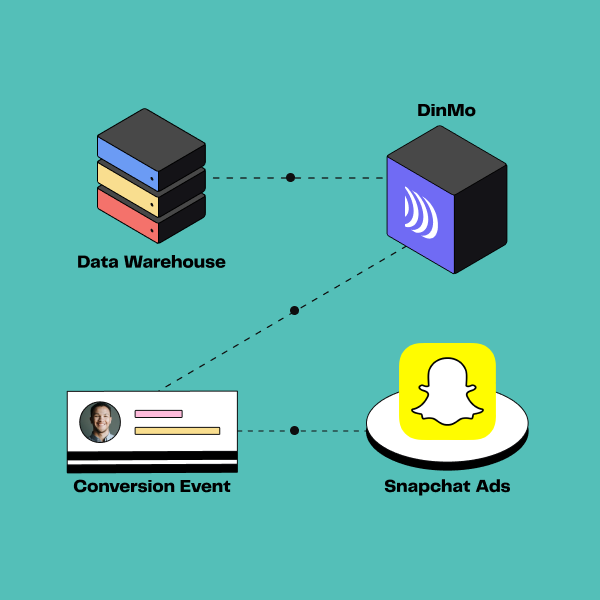The increasing restrictions on third-party cookies have significantly impact advertisers' acquisition costs on major platforms like Meta Ads, Google Ads and Tiktok Ads. This impact is currently estimated at 20% and could rise to up to 50% due to incoming Google Chrome's restrictions.
To address this technological shift, nearly all advertising platforms have developed solutions called Conversions APIs since 2021. These APIs enable marketers to share conversion events (online and offline) from their leads and customers with the advertising platforms.
However, there are multiple ways to implement these conversion APIs, and not all methods yield the same results.
This guide is thought for those seeking to master the TikTok Ads Events API, offering a strategic advantage in advertising strategies.
Sending conversions: why it's important?
Ad platform algorithms are designed to optimize the performance of your advertising campaigns based on your set objectives. These algorithms utilize various signals to achieve these goals, with conversion events being among the most critical data points as they accurately qualify your audience.
Without precise event tracking, algorithms lack the necessary information to target users effectively, leading to inefficient marketing spending. For example, ads might still be shown to a customer even after they have made a purchase. The platform may not recognize that the user has converted and might still consider them a high-potential buyer based on their previous interactions with the ad.
💡On average, 10% of Customer Acquisition Cost (CAC) is spent on customers who have already made a purchase because advertising platforms lack information about your customers.
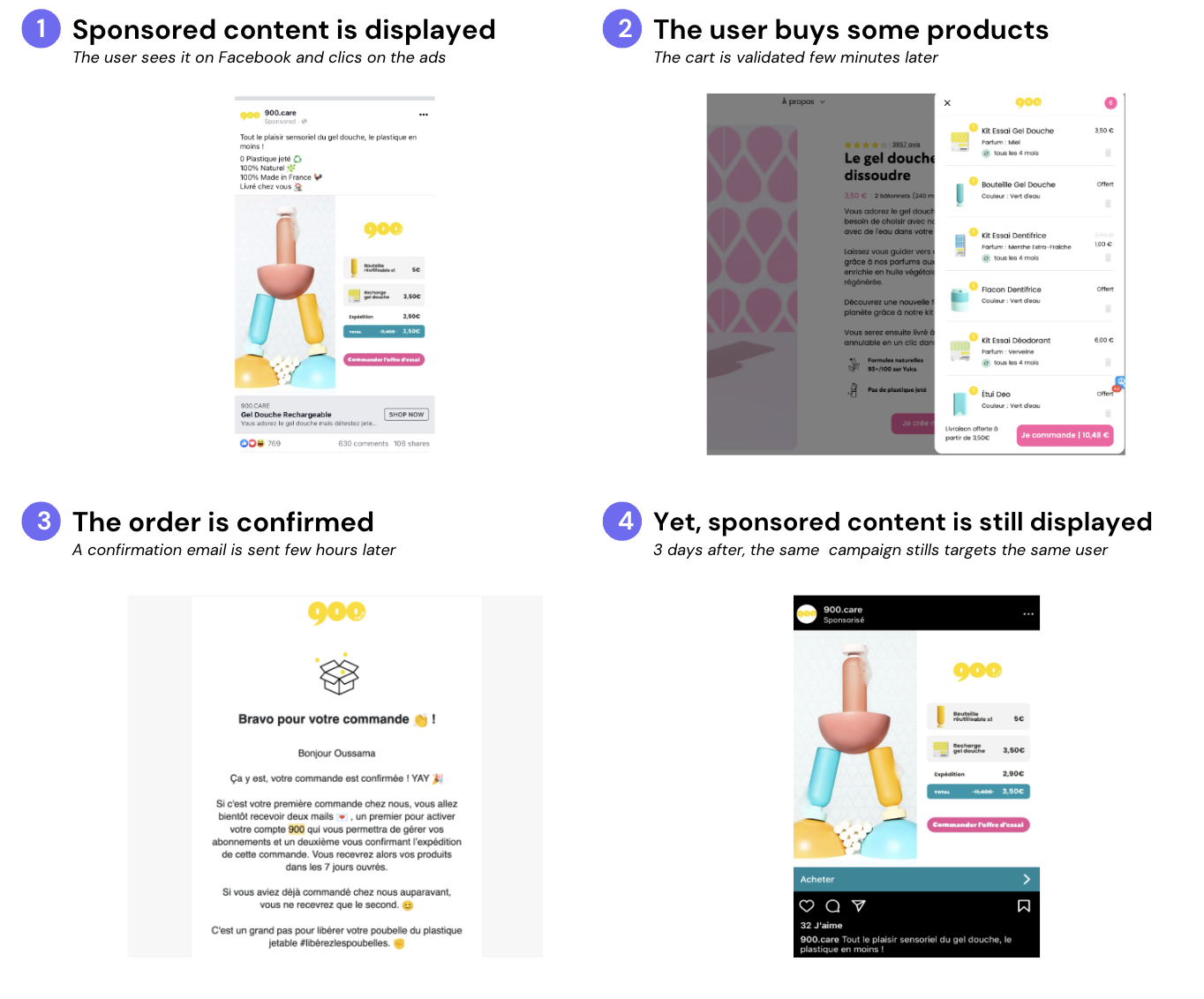
On average, 10% of the CAC is spent on existing customers
In essence, Conversions APIs offer numerous benefits, including more accurate event tracking, enhanced attribution, and better respect of e-privacy. When implemented, these APIs allow you to control what data is shared and when.
With the increasing restrictions on third-party cookies, Conversions APIs have become essential for capturing the entire customer lifecycle, whether dealing with new or returning customers.
⚠️ You may have heard about the decision of Google Chrome not to disable third-party cookies from its browser. This blog notice should not change your plans: sending first-party data to advertising platforms remains essential, as other browsers still block third-party cookies or users continue to use ad blockers.
Tracking events via TikTok Events API
Historically, conversion event tracking was based on "TikTok Pixel", an SDK that you must directly install on your website or via your Tag Management Systems (for instance, Google Tag Manager). This TikTok Pixel was used to measure traffic on a website, measure ad campaign performance and optimize them.
Yet, traditional pixel-based tracking is problematic today for several reasons:
Increasing restrictions on third-party cookies for most popular browsers (deletion on Mozilla and Safari, new experience on Google Chrome with an expected low opt-in rate)
Privacy regulations, limiting users tracking and the use of their personal information (ex: GDPR and CCPA)
Ad blockers, which can prevent pixel scripts from being triggered
Performance problems, as pixel may slow down a site's loading time
Limitation in the type of data which is sent (only web events)
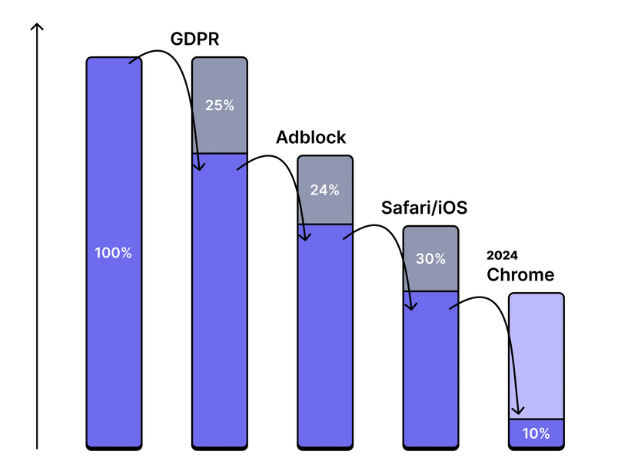
Less and less information are available for marketing purposes
To address these challenges, TikTok has been offering the option to directly upload conversion events from advertisers' servers for over three years, known as TikTok Events API.
Unlike traditional pixel-based tracking, TikTok Events API enables direct tracking from your server (server-side tracking). This means that whenever a user interacts with your website or application, the data is sent directly from your server to TikTok Ads, bypassing the user's browser. Using the Events API allows for more precise and reliable tracking on your website:
Capture missing conversions due to connectivity issues, browser inconsistency or ad blockers
Get granular control over the data you share with TikTok
But you can even go further! TikTok Events API also allows you to share a much wider range of events, including offline events such as in-store purchases. You can then consolidate all your event data (from your website, your app or offline activities) in a single API. With more accurate and comprehensive data, you can create more segmented audiences for targeted advertising campaigns.
In short, the TikTok Events API is designed to provide more reliable tracking in environments where cookies are restricted, the ability to share information offline, while providing a more privacy-friendly means of tracking conversions.
However, as other advertising platforms, TikTok still recommends the implementation of both client-side (via TikTok Pixel) and server-side tracking to maximize performance. This dual approach ensures to minimize signal loss, ultimately leading to more efficient results.
According to TikTok, "The Events API together with an existing Pixel allows a more sustainable transition in response to technological and regulatory changes in the advertising industry."
How to perfectly implement TikTok Events API?
To fully benefit from TikTok Events API, it's crucial to prepare thoroughly in advance. First of all, we recommend defining your marketing objectives and considering if you have previously integrated another publisher Conversions API to get an idea of the process involved.
👇 In all cases, here are the five essential steps to implement TikTok Events API:
Choosing events to send to TikTok
A customer's buying journey can be broken down into several stages, from discovery to a product purchase. As you progress through the funnel, the buying intent increases.
We recommend working with internal Marketing, Legal, and Technical teams to determine the scope of data to be shared via Events API, that best aligns with your business objectives.
You must implement TikTok Events API for events that are most important to you and on which you want to optimize your campaigns!
(example given: conversion at D+30 in the case of a free trial)
In that step, you must also define the parameters and the match keys that will be used by TikTok to identify your users.
Collecting your events in Server-Side
Once your funnel is defined, it's crucial to ensure that you can collect these events from your server. For offline events, it's necessary to regularly gather and centralize them in a single source of truth. We highly recommend using a data warehouse (rather than a CRM) for your single source of truth.
Importantly, for all types of events, you should collect first-party data (such as email or phone number) to enable TikTok to recognize profiles on its platform.
Choosing the appropriate integration solution
There are several ways in which you can set up the TikTok Events API:
Third-party Commerce Partners (Shopify, WooCommerce, etc.)
Third-party Data Partner Integration, such as Customer Data Platforms, Tag Managers or Reverse ETLs
Direct Integration
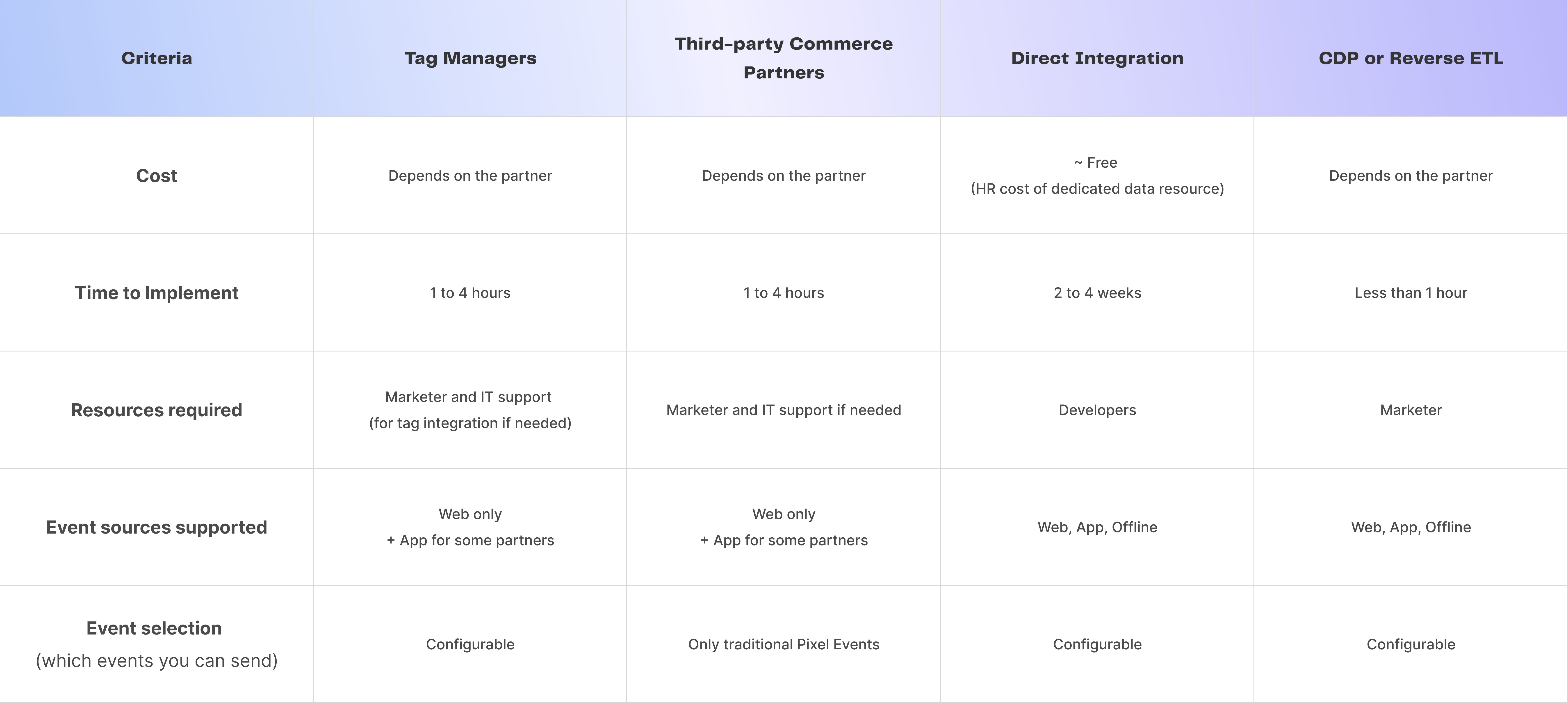
TikTok Events API: Comparison of implementation methods
Implementing TikTok Events APIs with a Tag Managers or a third-party commerce partner is super easy, but you won’t be able to track offline events.
However, in many cases, your customer relationships are distributed across multiple touch points. These events are stored in different sources and can be utilized to drive your business:
Lead events in your CRM
Product usage events in your backend
Engagement events in your analytics tool
In-store purchase events in your offline databases
All this data is essential to reconstruct your customers' journey. To tackle this challenge, we recommend centralizing all your conversion data, regardless of its origin, in a single source of truth.
You then have the choice of building a direct integration or using TikTok partners who have already developed this integration.
⚠️ At first sight, direct integration seems to be a good option. Yet, TikTok is continuously evolving its Events API. This means investing in technical support to set up (2 to 4 weeks) and maintain the API.
Sending data from your data warehouse to TikTok can easily be done leveraging Customer Data Platform or Reverse ETL solutions. DinMo allows to connect your data warehouse to your TikTok account in just a few minutes.
Ensuring implementation quality
TikTok Events Manager has a number of tools to help you verify your integration. In all cases, we recommend to check connection method, event health and event details.
Connection Method: By implementing the TikTok Events API in addition to TikTok Pixel tracking, you can see the number of events received from each source. Make sure you have at least the same number of events from the server as you receive from the pixel.
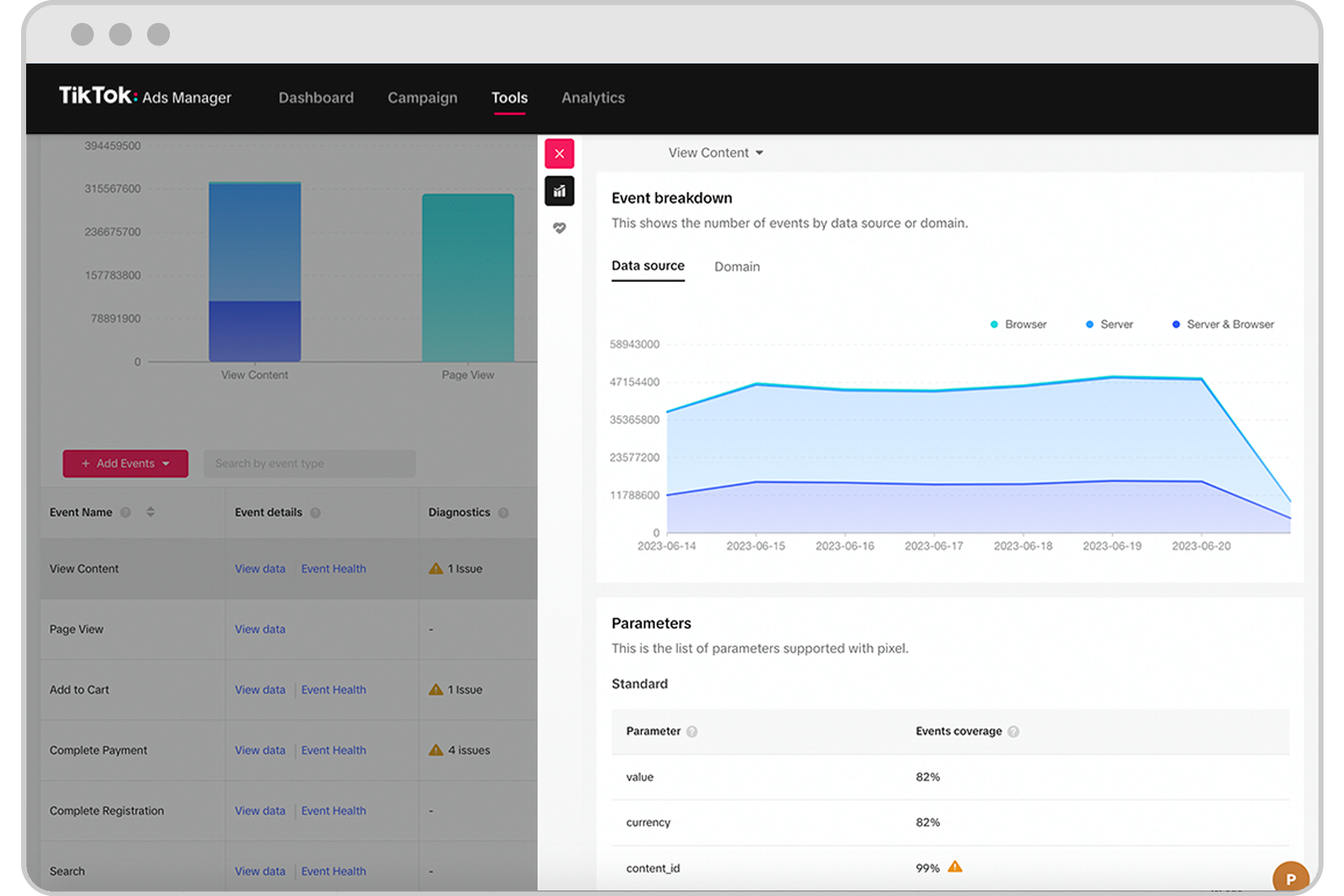
Event Breakdown - Source: TikTok
Event Health: When clicking on this functionality, you will see detailed information about event matching and deduplication health where applicable. 💡 If you share events via both the TikTok Pixel and the Events API, TikTok can receive the same events from both the browser and the server. When TikTok identifies that the events are identical, the platform will retain one and disregard the other.
In Event Health, you will also find recommendations, best practices, and links to relevant help center articles.
Event Details: The Event Details column in Events Manager provides more transparency on parameters, matching, and deduplication health at an event level.
Why and how to act now?
Restrictions on third-party cookies are real and advertisers who swiftly adopt new cookieless technologies and best practices will gain a lasting competitive edge.
⚠️ Don't make the mistake of thinking that Google's decision not to delete third-party cookies will allow you to bypass them.
Using TikTok Events API isn't just about adapting to technological changes; it's an opportunity to enhance your advertising strategies for better performance and privacy compliance.
If you haven't yet considered how TikTok Events API (or any other platform's Conversions API) can benefit your business, now is the time.
👉🏼 To learn more about our approach, feel free to contact us.












